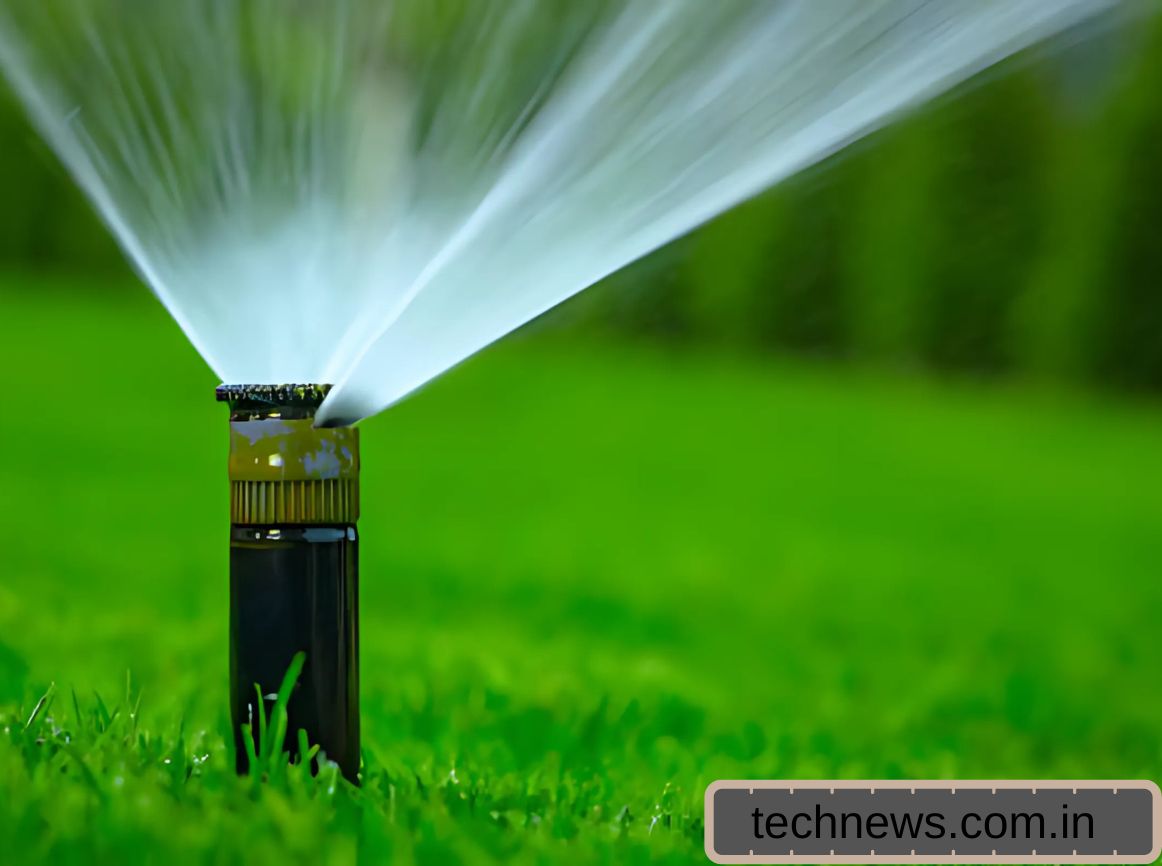Finnegan field water turf is rapidly becoming a benchmark for modern athletic facilities, particularly with its innovative water turf system. This cutting-edge technology is transforming how sports are played, providing numerous benefits for athletes and the environment alike. In this comprehensive article, we will explore the intricacies of Finnegan Field’s water turf, its advantages, maintenance requirements, and its impact on sports performance.
What is Water Turf?
Water turf is a specialized type of synthetic grass designed to remain hydrated through an integrated irrigation system. Unlike traditional turf, which can become dry and hard, water turf maintains a soft and playable surface, even in extreme weather conditions. This makes it ideal for high-impact sports like football, soccer, and lacrosse, where player safety and performance are paramount.
Key Features of Finnegan Field Water Turf
1. Advanced Irrigation System
The finnegan field water turf is equipped with a state-of-the-art irrigation system that ensures even water distribution across the surface. This system is programmed to monitor moisture levels and adjust accordingly, providing the optimal playing environment regardless of external weather conditions. This feature not only enhances playability but also significantly reduces the risk of injuries associated with hard or uneven surfaces.
2. Durable and Resilient Materials
The construction of finnegan field water turf utilizes high-quality, durable materials that can withstand the rigors of intense athletic activity. The fibers are designed to resist wear and tear while providing a natural feel underfoot. This durability ensures that the surface remains in excellent condition for extended periods, minimizing the need for frequent replacements or repairs.
3. Environmentally Friendly
One of the standout features of the water turf at Finnegan Field is its environmental sustainability. The system often uses recycled water, reducing overall water consumption and promoting eco-friendly practices. Additionally, the turf’s design minimizes the need for harmful pesticides and fertilizers, contributing to a healthier environment.
Advantages of Using Water Turf
4. Enhanced Performance and Safety
The primary advantage of water turf is the enhanced performance it offers athletes. The soft, hydrated surface provides better traction and reduces the risk of slips and falls. Furthermore, the cushioning effect of the water turf helps to absorb impact, reducing the likelihood of injuries such as sprains and strains. This is particularly beneficial for high-contact sports.
5. Year-Round Usability
With the ability to maintain optimal moisture levels, water turf allows for year-round usability, regardless of weather conditions. Athletes can train and compete without interruption, ensuring that teams remain in peak condition throughout the season. This consistent availability also benefits facility owners, as it maximizes the usage of the field.
6. Lower Maintenance Costs
While initial installation costs for water turf may be higher than traditional surfaces, the long-term maintenance costs are significantly lower. The durable materials and advanced irrigation system reduce the need for frequent repairs, while the self-sustaining nature of the turf minimizes water usage. Over time, this leads to substantial savings for facility managers and owners.
Maintenance Requirements for Water Turf
7. Regular Inspections
To ensure the longevity and performance of the water turf, regular inspections are essential. Facility managers should routinely check for signs of wear, inspect the irrigation system, and assess moisture levels. Early detection of potential issues can prevent costly repairs down the line.
8. Cleaning Protocols
Maintaining the cleanliness of the turf is crucial for both aesthetics and performance. Regularly removing debris, leaves, and other contaminants helps to prevent the buildup of organic matter that can compromise the turf’s integrity. A specialized cleaning solution may be used to maintain hygiene and prevent mold growth.
9. Seasonal Maintenance
As seasons change, specific maintenance tasks should be performed to prepare the water turf for varying weather conditions. This may include adjusting the irrigation system settings, aerating the surface, and inspecting drainage systems to ensure proper water flow.
The Future of Sports Surfaces
Finnegan field water turf is setting a new standard in athletic facilities. As more sports complexes adopt this technology, we can expect to see an improvement in athlete performance, safety, and environmental sustainability. This shift not only enhances the game experience but also promotes a healthier future for sports and the environment.
Conclusion
Finnegan field water turf represents a significant advancement in the world of athletic surfaces. With its superior performance, environmental sustainability, and low maintenance costs, it offers a comprehensive solution for sports facilities aiming to provide the best for their athletes. As technology continues to evolve, water turf will undoubtedly play a vital role in shaping the future of sports.
